You might think that a cracked drain pipe is not a big deal, but a leaking pipe can cause lots of damage to your plumbing system if the problem is not treated in a timely manner by a rooter service. It is possible to fix a broken drain pipe in your house’s plumbing system. The main thing that matters is that you should detect the problem before it’s too late.
Detecting A Broken Drain Pipe
There are multiple ways of finding out if an underground drain pipe is leaking in your house. Detecting problems like this can save your plumbing system and your house from getting ruined.
The signs indicating drain pipe leakage in your house include mold growth on your walls, a growing population of rats in your house, frequent sewage backups, water pooling in any area of your house, bad smell, and many others.
As a normal homeowner with no prior experience of suffering this issue, you might easily ignore the signs of a pipe leakage. This is where getting regular inspections in your house comes in. You should hire a professional to inspect your plumbing system, and detect any issues to fix them before they grow larger. If the professional detects any broken or cracked sewer pipes in your house, they can be fixed before causing much damage to your property.
While you can try to repair the broken drain pipe by yourself as well, it is always a better option to hire an expert to do the job.
Repairing The Pipe Without Digging
Many plumbing experts in the market now use modern technology to repair your broken drainage pipes. One of the latest methods is trenchless repair of the pipe. In this technique, the repair person can easily fix your cracked or broken drainage pipe without digging the ground and making a mess.
While this is a reliable method, it might cost you a bit more money.
Inspection Before Repair
Whether you want to use a trenchless repair service or a regular repair, modern plumbing companies use camera devices to inspect the pipe before starting the repair process. This avoids the need for digging in multiple areas just to find the correct area.
Using CCTV to detect the damaged area before repairing it can help the repair person in determining the exact area which needs to be repaired. Once the cracked pipe area is determined, the rest of the repair process can be resumed and completed within a relatively short period of time.
Repairing The Pipe By Yourself
If you think that you can fix the broken drain pipe yourself, you can follow the below mentioned techniques to complete the project effectively.
Find The Broken Part First
In order to fix a broken drainage pipe, you must first locate the damaged area. To start the process, you might need to find an approximate location of the crack, and start digging there to reach the pipe.
You can use the above-mentioned signs of water damage to effectively locate the crack in your drainage pipe. Once the cracked area is located, you should then dig 6 inches more in order to make enough space for yourself to do all the repairs effectively.
Remove The Broken Part
In order to fix the pipe, you must first remove the broken part of the pipe. In order to cut the pipe, you should mark it almost 2 inches more around the broken part. After this, you will have to use our element cutting tool to cut your pipe depending on the type of material the pipe is made of.
Take A Piece Of New Pipe
After cutting the old cracked drainage pipe, you should then cut a piece from a new drainage pipe to place it on the area you have recently cut. Before placing the new pipe piece in the old pipe, you must Meyer the newly cut piece accurately.
Then, place the piece on the empty area, and cover it effectively to avoid leaks.
You can now refill the hole and smoothen out the surface. That’s it for the whole drain pipe repairing project. You can have done it by yourself or call in a drain contractor Westchester to take care of the problem.

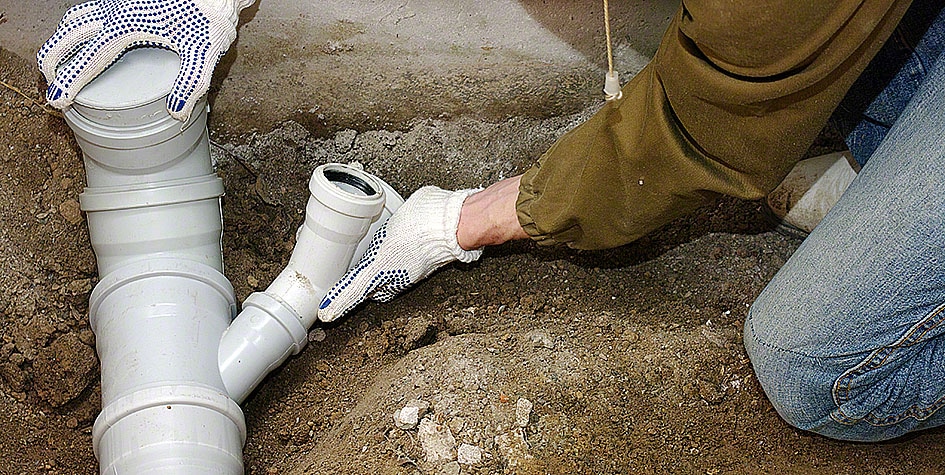
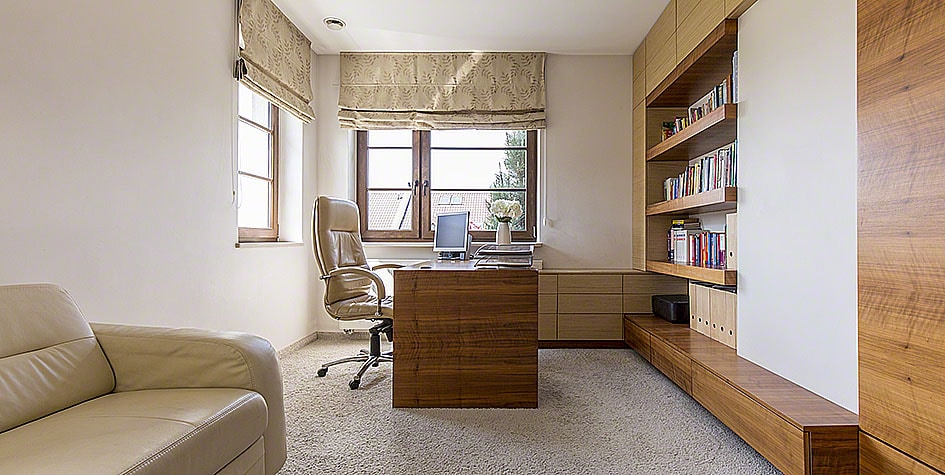
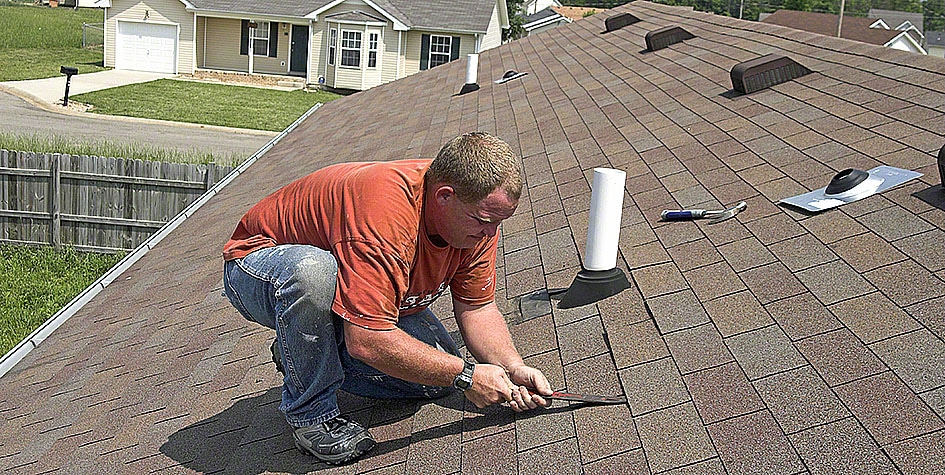
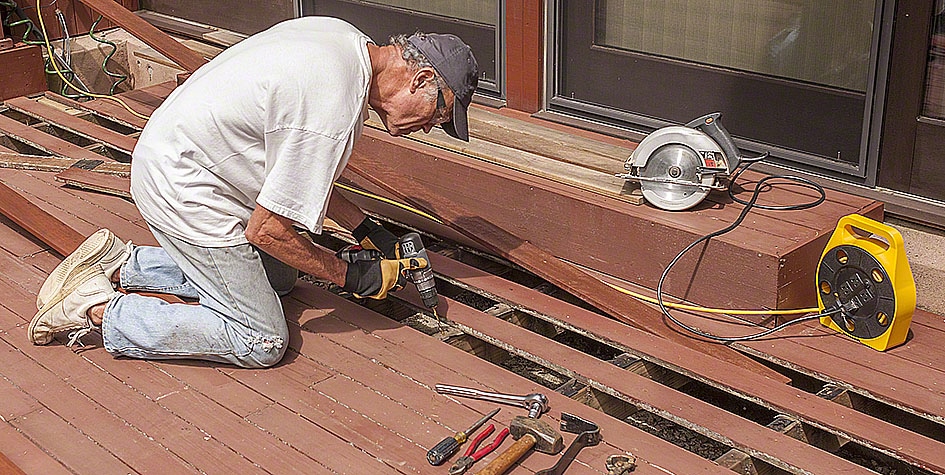


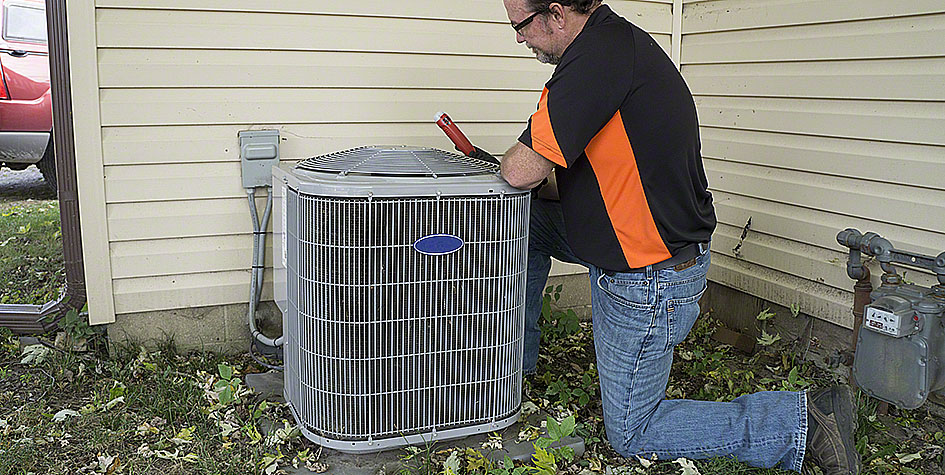
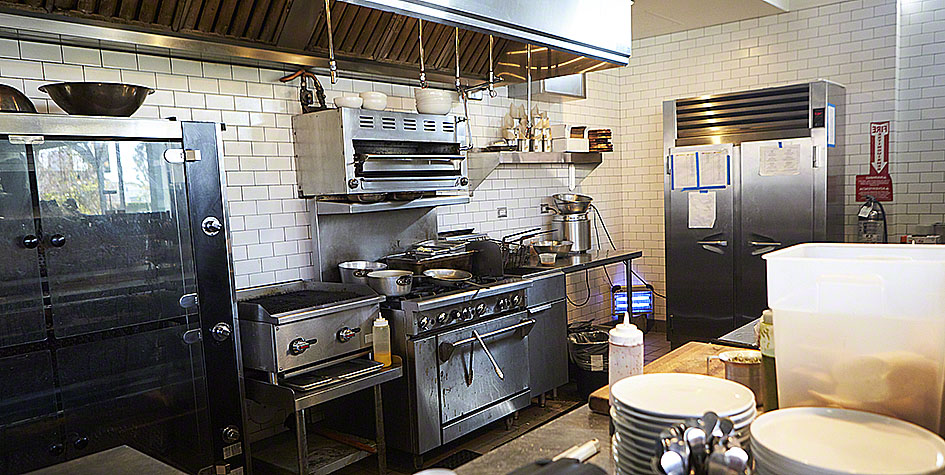
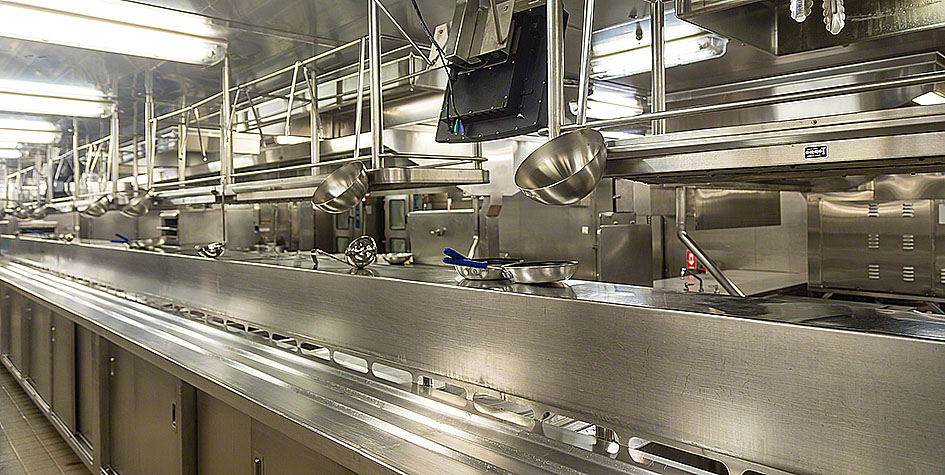
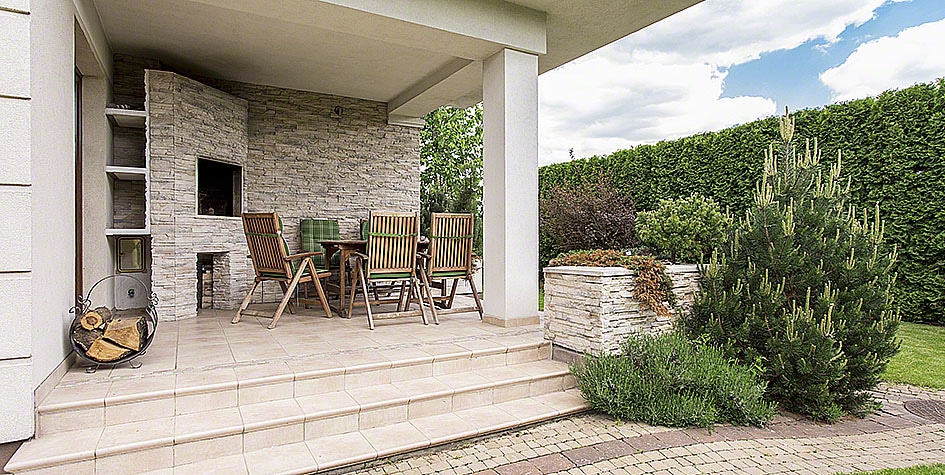






Comments